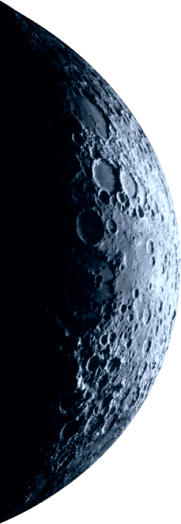


During Arianespace’s New Year’s press conference, which was held virtually due to the ongoing COVID-19 pandemic, CEO Stéphane Israël provided an overview of the company’s 2020 accomplishments and looked ahead to 2021.
CEO Stéphane Israël said Arianespace continues to demonstrate its flexibility in responding to both commercial and institutional markets, using the Ariane 5, Soyuz and Vega launch vehicles today – to be supplemented by future introductions of the next-generation Vega C and Ariane 6.
Speaking during the company’s traditional New Year’s press conference this week, Israël noted that Arianespace’s 10 missions in 2020 were performed to three primary Earth orbits: geostationary transfer orbit, Sun-synchronous orbit and low-Earth orbit.
“During a challenging year, we perfectly demonstrated our resilience and a high level of activity, which enables us to actively prepare for the future,” he told journalists during the press conference, held online to respect COVID-19 social distancing.
Reviewing Arianespace’s key achievements in 2020
The company lofted 70 percent of the commercial geostationary satellites that were orbited last year by all launch service providers, including the first mission performed by Ariane 5 with a triple payload of primary satellites.
In the constellation launch services market, Arianespace underscored its presence with three Soyuz missions for OneWeb in 2020, which were notable for being performed from two launch sites: Baikonur Cosmodrome in Kazakhstan, and Russia’s Vostochny Cosmodrome. The Vostochny Cosmodrome flight, operated with Arianespace’s Starsem affiliate, was the very first commercial launch from this new cosmodrome.
For the small satellite segment, the Small Spacecraft Mission Service’s (SSMS) proof-of-concept flight with Vega last year placed more than 50 micro- and nano-satellites in orbit; while Arianespace served the institutional market with its year-ending launch that orbited France’s CSO-2 spacecraft for defense/security applications.
“Our activity brings the forecasted turnover in 2020 to around 1 billion euros, allowing us to reach a balanced financial situation – which is very good news,” Israël said during the on-line press conference.
The company’s order book has a value of more than €3.2 billion with 60 percent of the orders from commercial customers and 40 percent institutional. This amount (which does not include institutional pre-reservations received in 2020) is equivalent to three years of business.
Milestone missions are on the horizon

This image depicts the payload fairing separation during Ariane 5’s launch sequence with the James Webb Space Telescope.
©ESA – D. Ducros
The next 12 months will be another busy period for Arianespace, with milestone missions including Vega C’s maiden flight. Israël said the Vega C program successfully passed critical milestones in 2020, with most of the system and sub-system qualifications now completed. The launch vehicle’s ground qualification review began in December, while adaptations to the ground segment at the Guiana space center should be finalized in the coming months.
Another landmark mission in 2021 will be Ariane 5’s launch of the James Webb Space Telescope for the U.S. NASA space agency, in partnership with the European Space Agency (ESA). With this flight scheduled for late October, Israël said the spacecraft’s support equipment will begin arriving six months before liftoff, followed by the large telescope payload traveling by ship from Florida and arriving in French Guiana eight weeks prior to launch.
- See the press release on Arianespace’s 2020 results and its outlook for the New Year.
- Watch Arianespace’s “Portrait of service” video, which recaps the company’s launch activity in 2020.
The post Flexibility and resiliency define Arianespace’s performance in 2020 appeared first on Arianespace.




